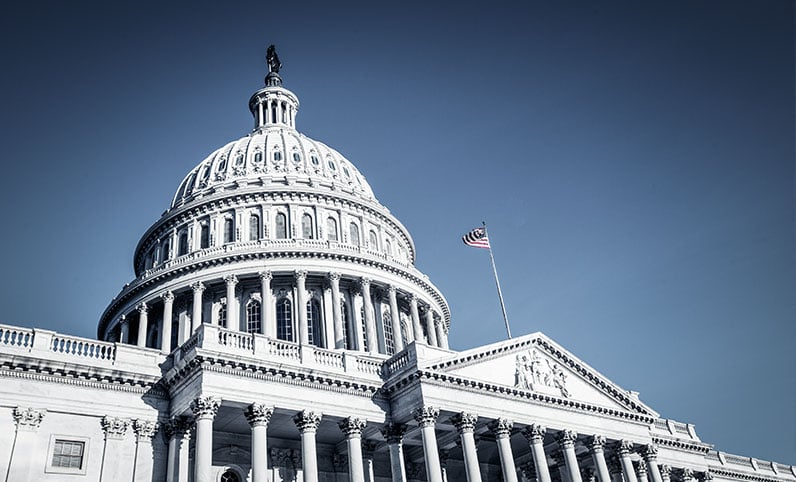SECURE 2.0: 5 Things You Need to Know Now

The final version the SECURE 2.0 Act of 2022 was signed into law on December 29, 2022, with the goal of helping more Americans save for their retirement. Here are five key changes for plan sponsors and participants to keep in mind.
- RMD age requirement pushed back. The age at which participants must begin taking distributions from their retirement accounts rose from age 72 to 73, beginning January 1, 2023, and will jump to age 75 by 2033. Additionally, the new legislation reduces the penalty for failure to take RMDs on time from 50% to 25% and, in some cases, 10%.
- New option for employer matching contributions. Starting in 2024, the new law will allow employers to match student loan payments (up to applicable contribution limits) and deposit those funds in employee retirement accounts, as if the student loan repayments were deferrals to a retirement plan.
- Mandatory automatic enrollment and auto escalation. Employers launching a new 401(k) or 403(b) plan in 2025 or after will be required to auto enroll eligible employees as plan participants at a 3%–10% default rate (employees can opt out). These contributions must increase 1% each year, up to at least 10%.
- Increased access for part-time workers. Starting in 2025, part-time employees will be eligible to participate in their employer’s 401(k) or 403(b) plan after they work at least 500 hours per year for two consecutive years of service. Employees who work at least 1,000 hours must generally be included after one year of service.
- Bigger “catch-up” contributions for older participants. Beginning in 2024, all catch-up contributions made by participants with annual compensation of $145,000 or more must be made on an after-tax Roth basis. And starting in 2025, the SECURE 2.0 Act will increase the catch-up amount that employees aged 60 to 63 can contribute to $10,000 or 150% of the regular catch-up amount for those age 50 and older, whichever is greater.
The SECURE 2.0 Act of 2022 includes dozens of retirement plan-related provisions—some that are required, others than are optional—including those related to emergency savings, 401(k) emergency withdrawals, an employer match for Roth accounts and more. Find out more in our January issue of Plan Sponsor Bulletin. We will keep you informed of guidance from the IRS and DOL on how these new rules can or should be implemented.